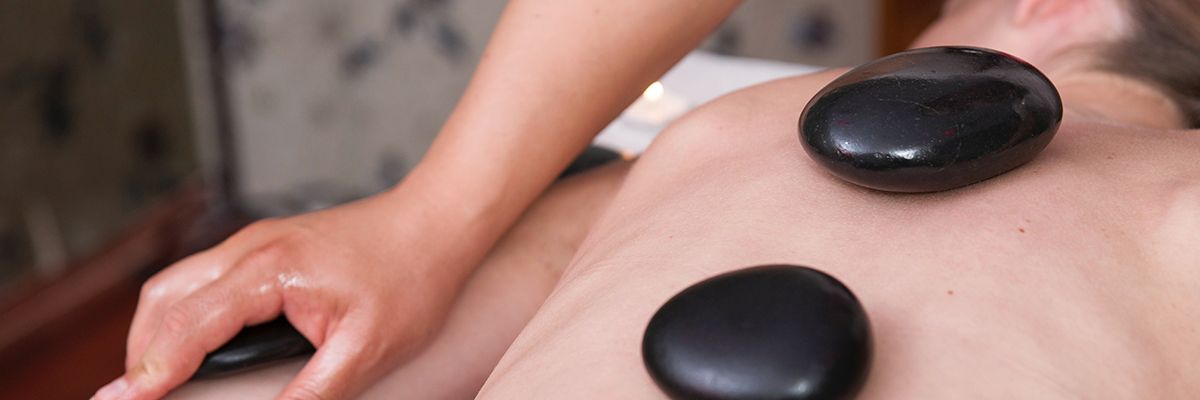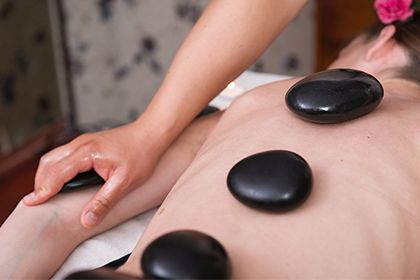There are many different ingredients that go into cooking up the perfect spa website. These include an eye-catching, mobile-friendly design, high-quality images and videos, user-friendly navigation and — of course — great website content.
Great website content is one of the most important parts of a spa website. It’s how you get found in organic searches, how you set your spa apart from the competition, and how you connect with potential and existing guests.
Your content is one of the most important aspects of your spa website and, therefore, your spa marketing strategy. It's critical to get it right.
In this blog, we're going to cover six tips to help you write spa website content that ranks high, gets you found and converts your visitors into paying clients for your business.


